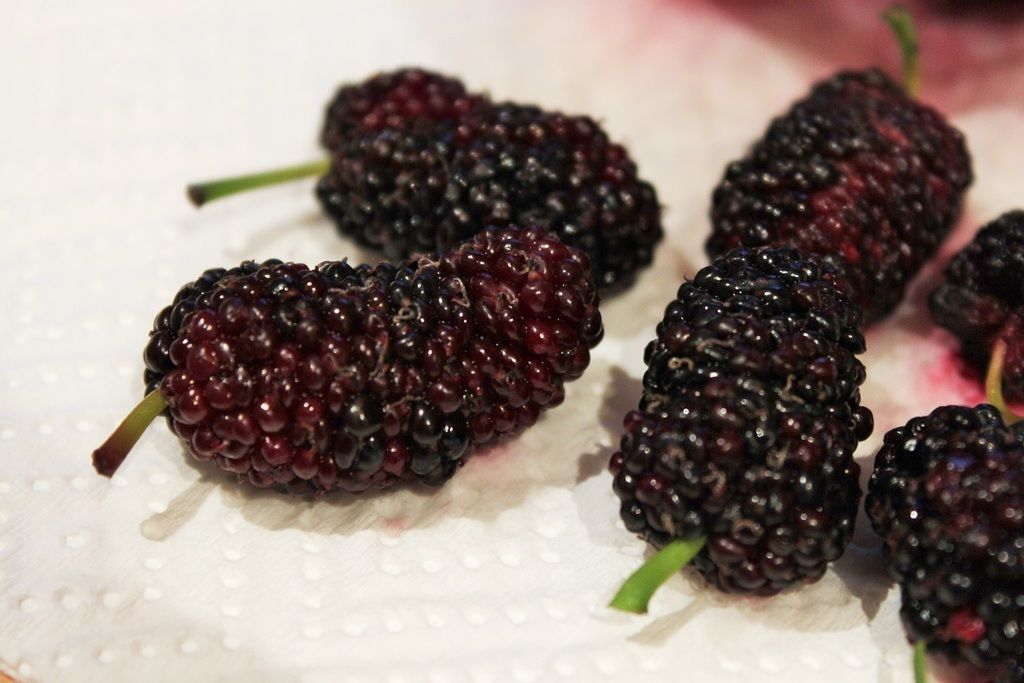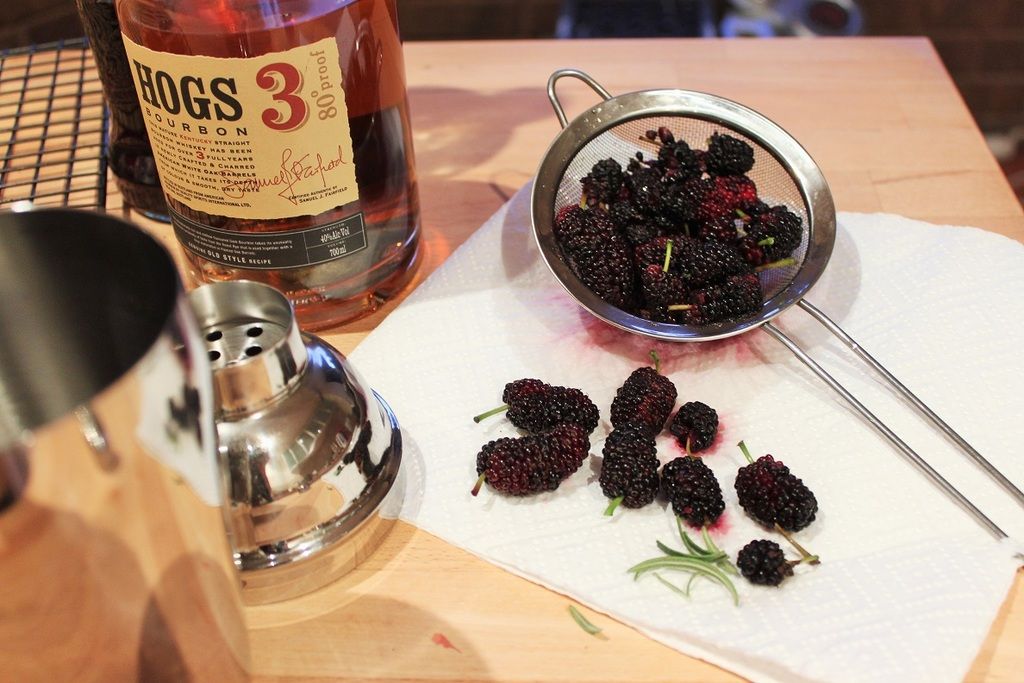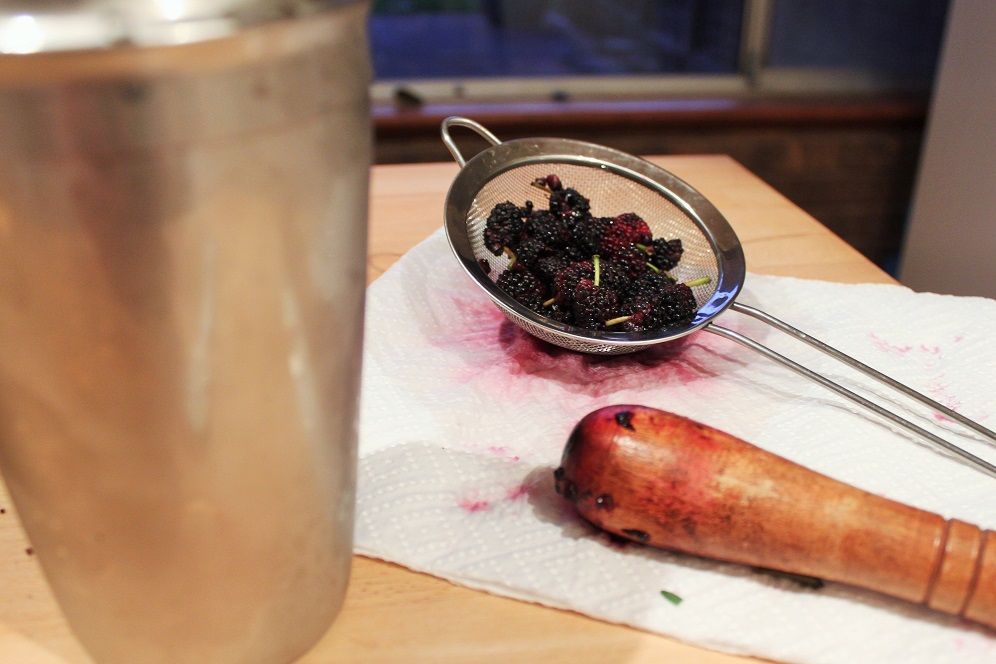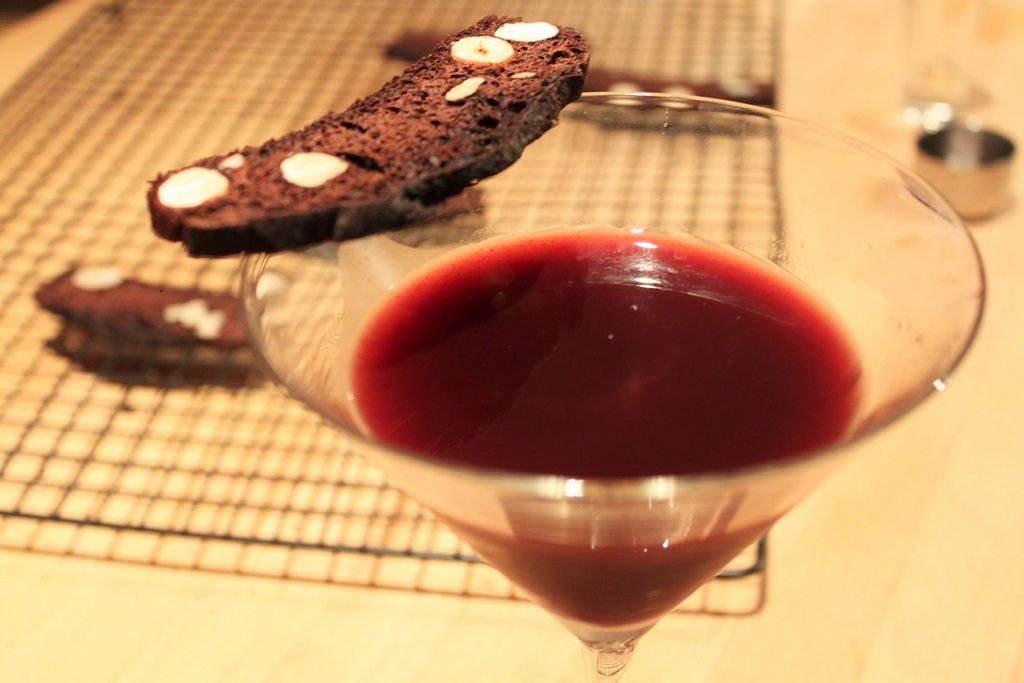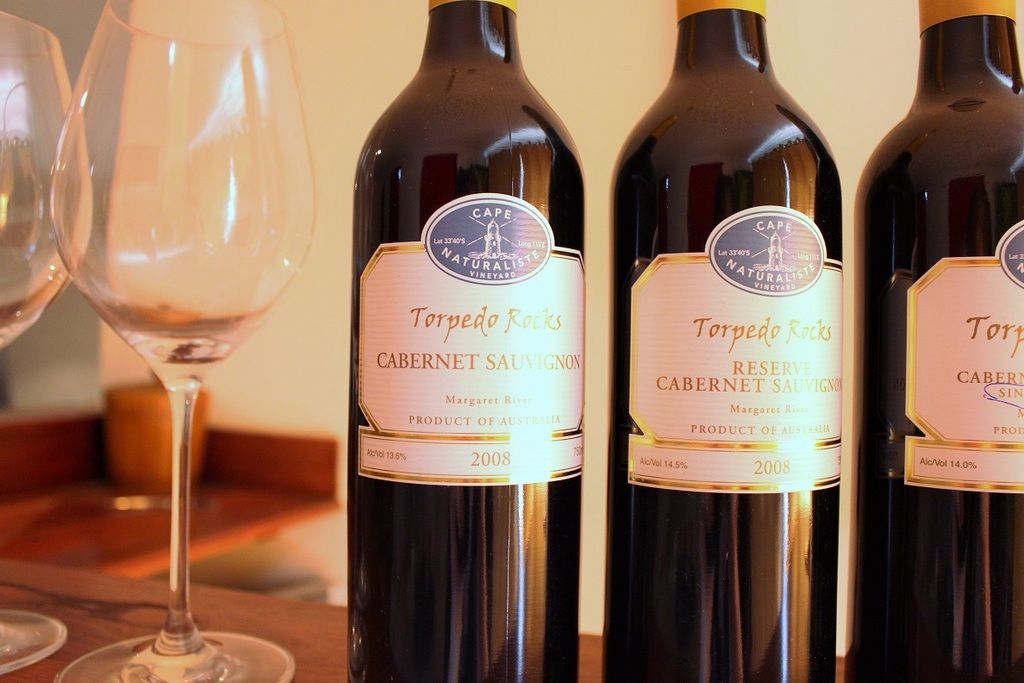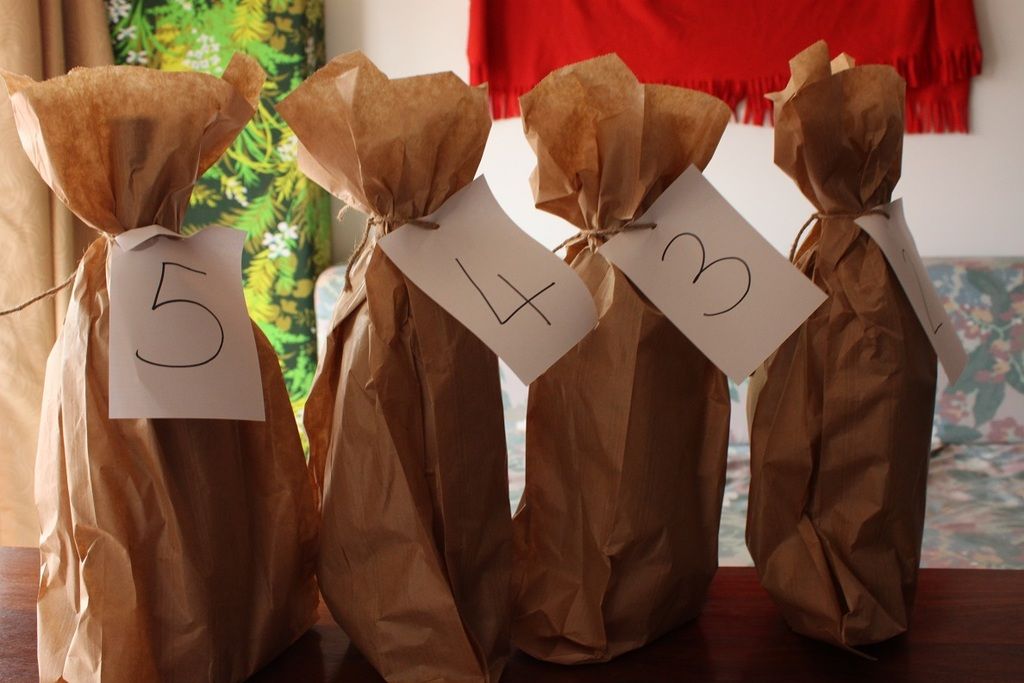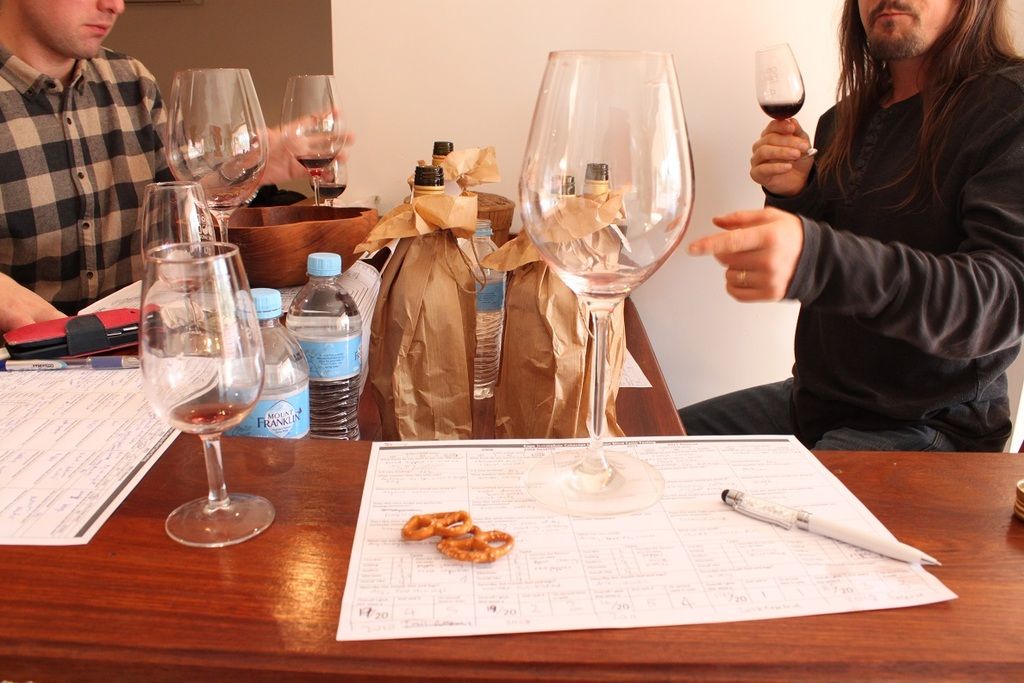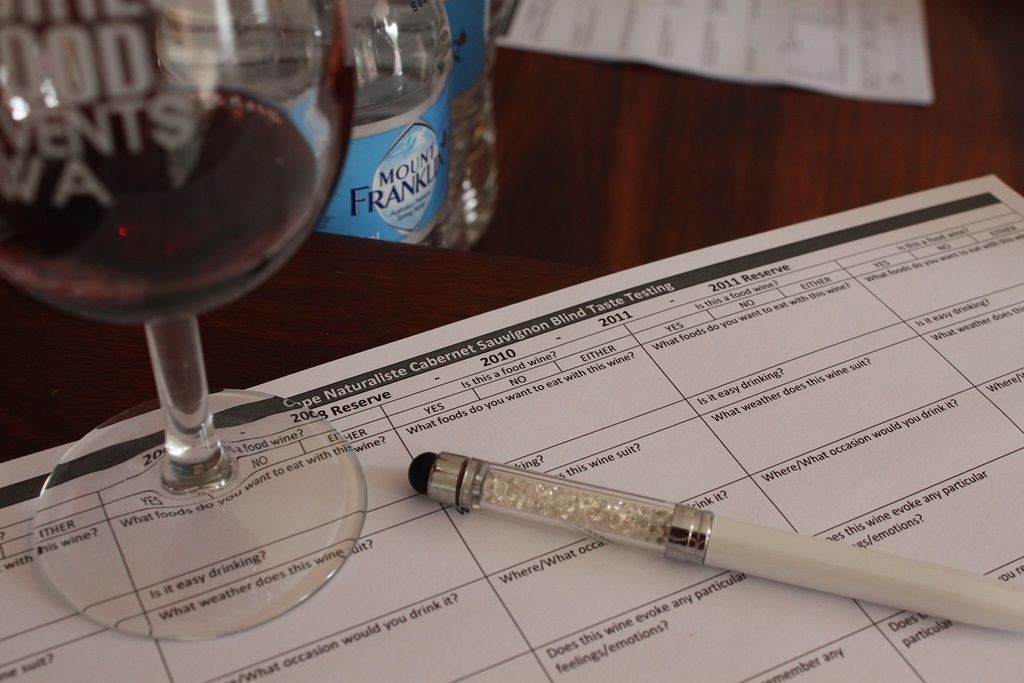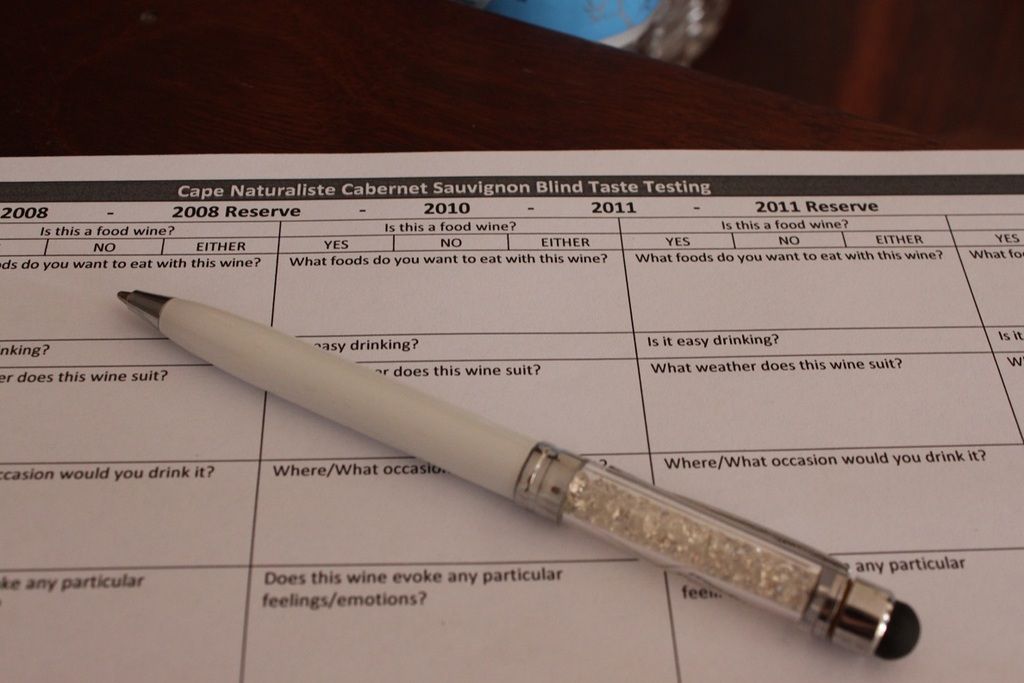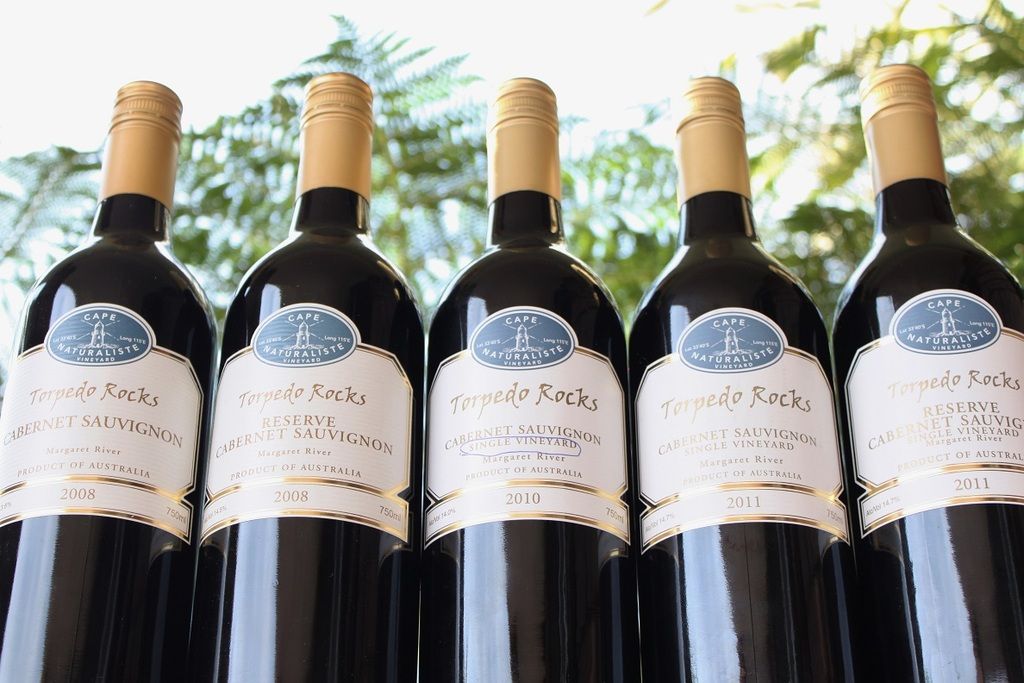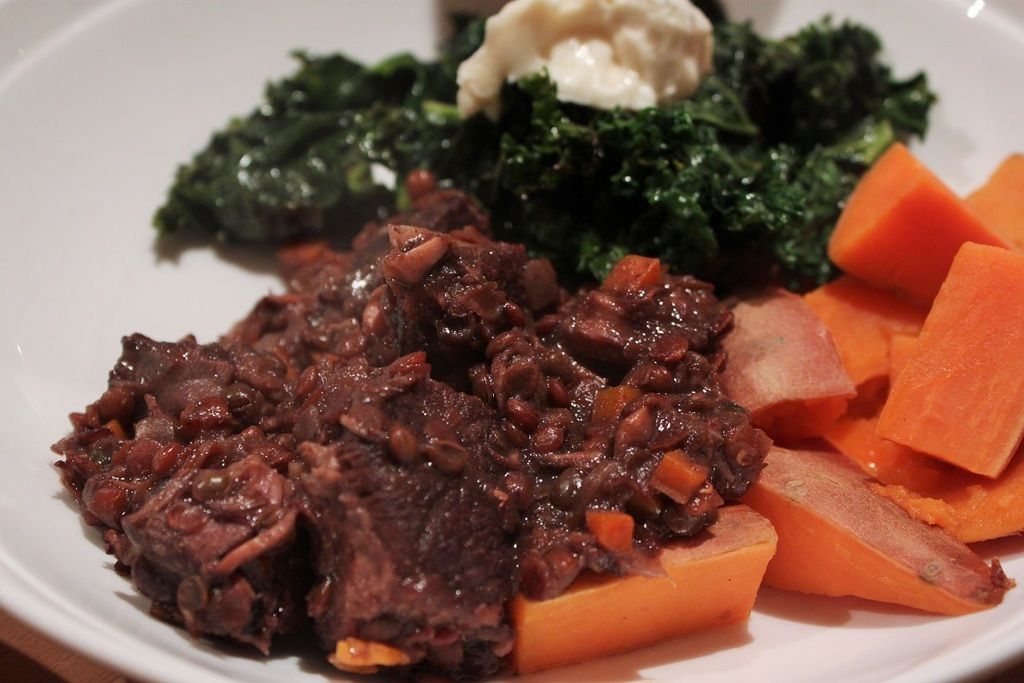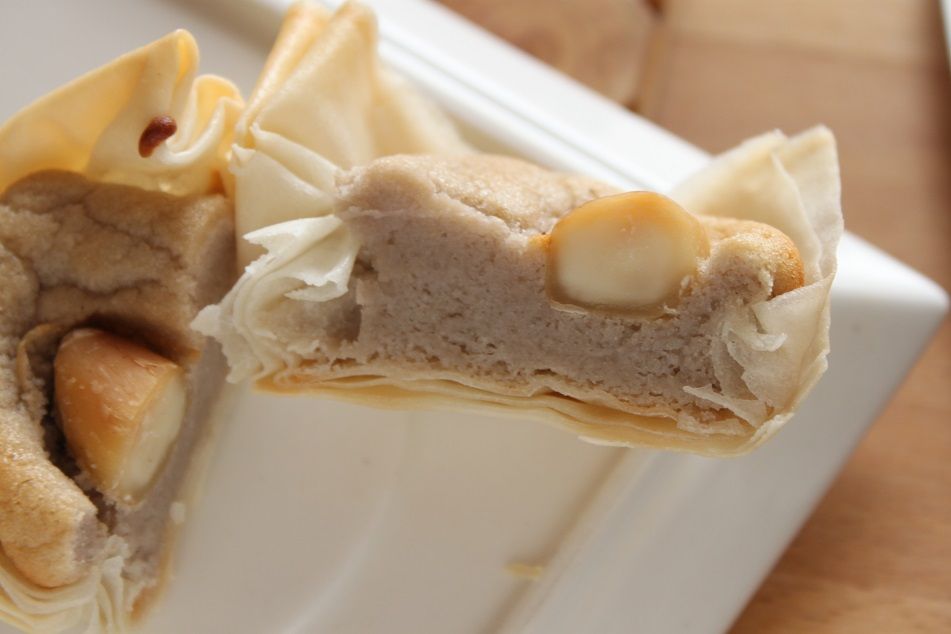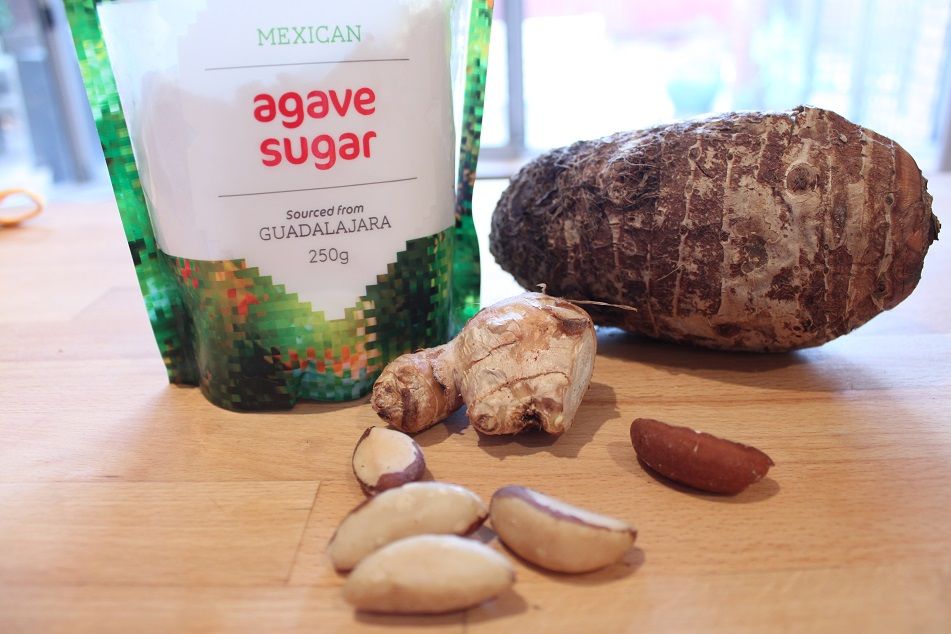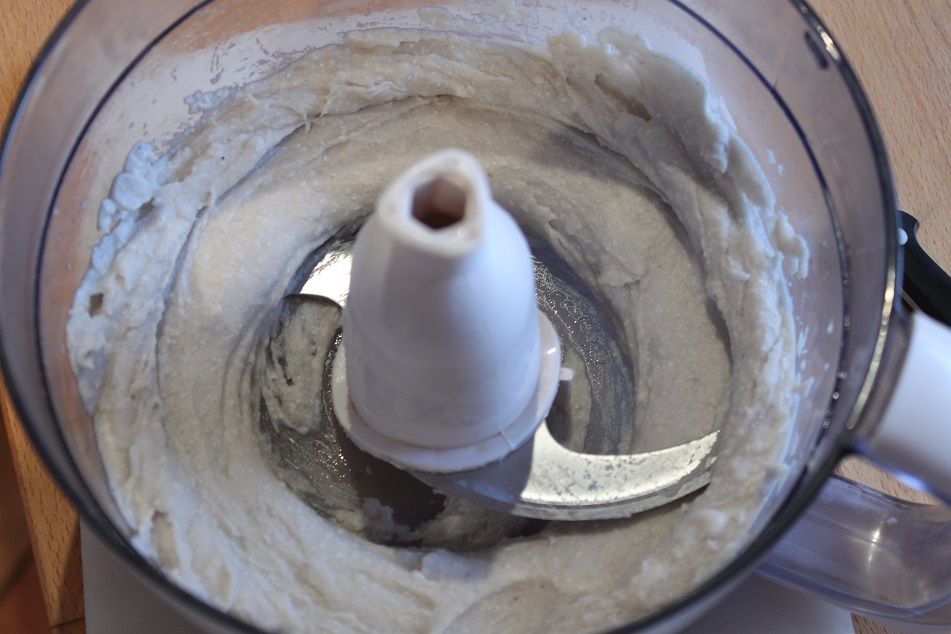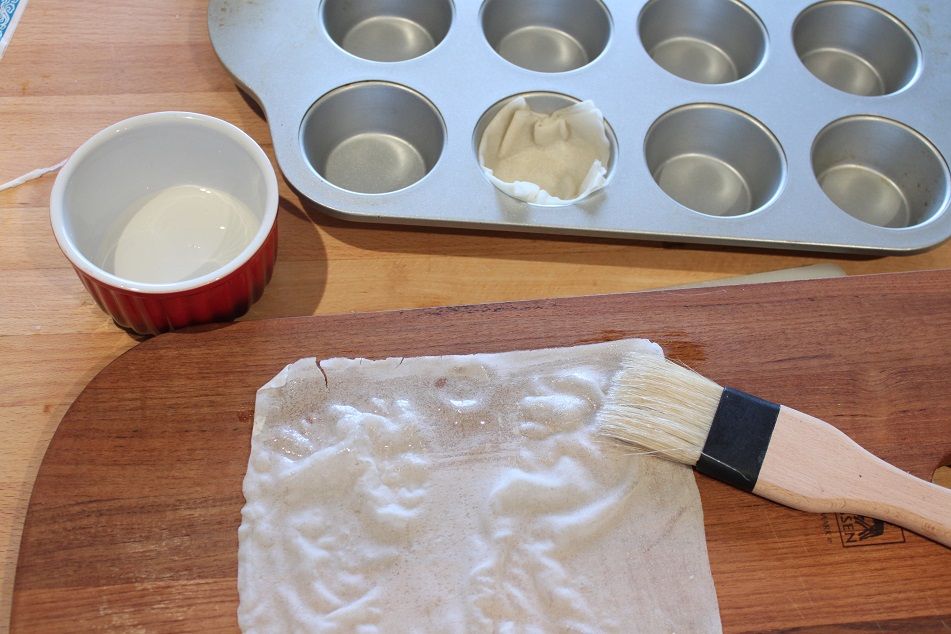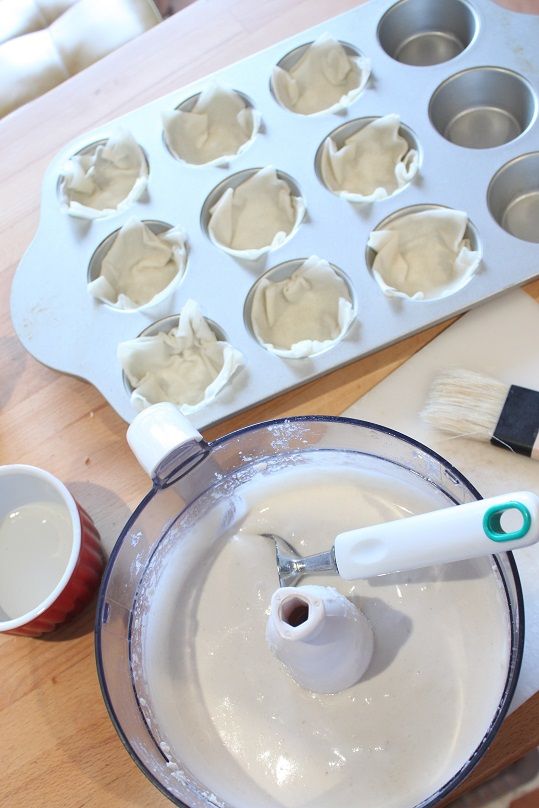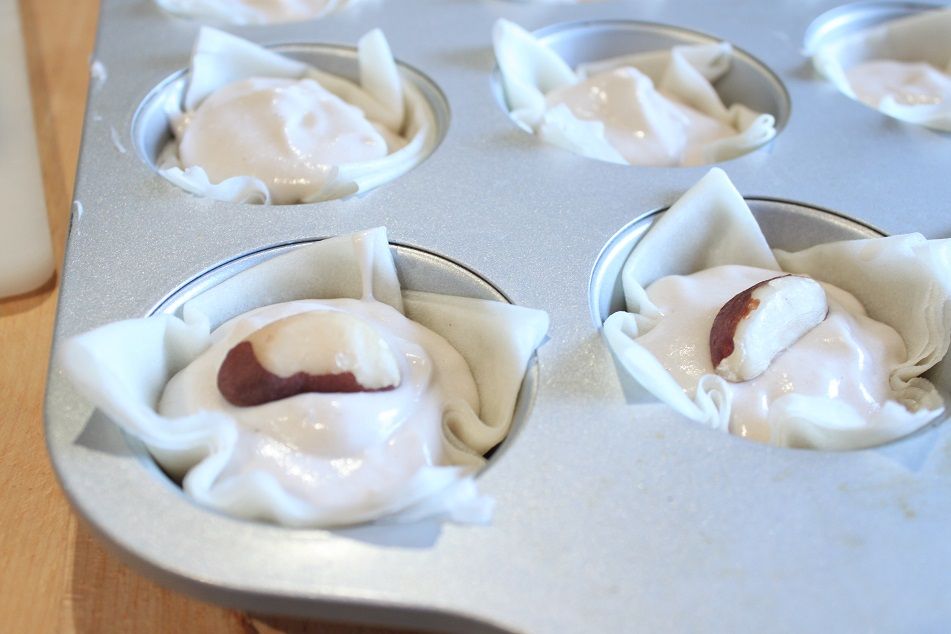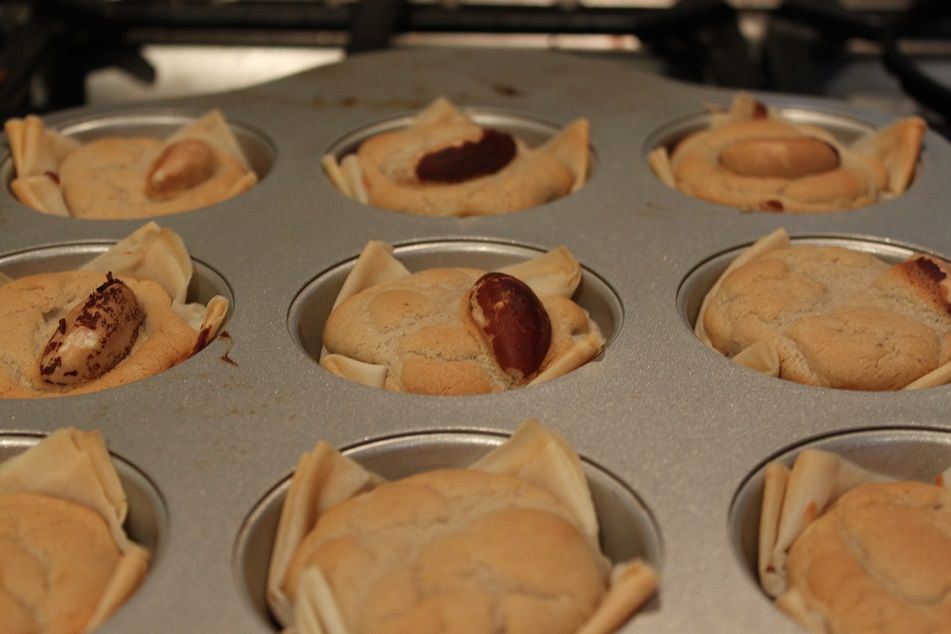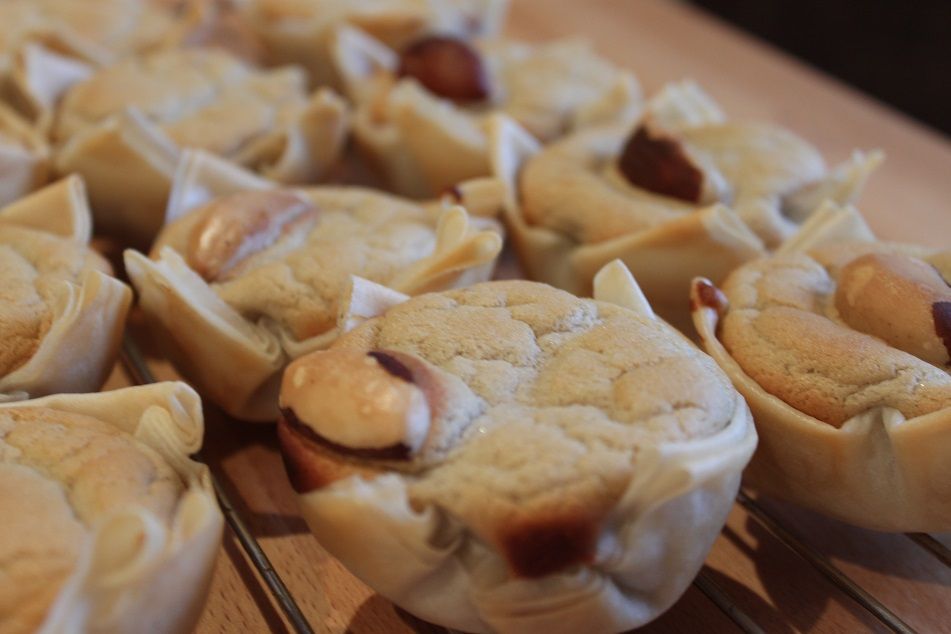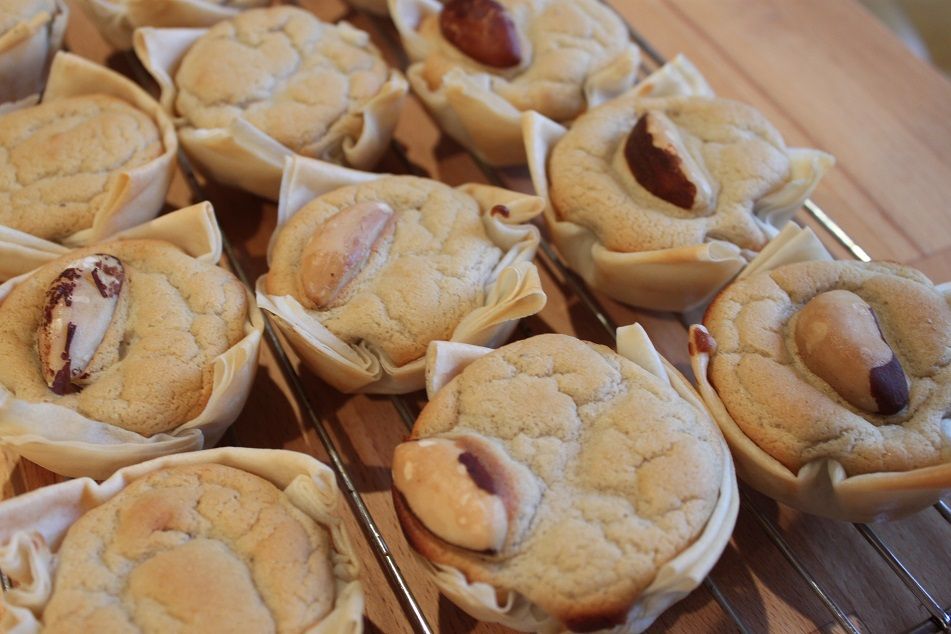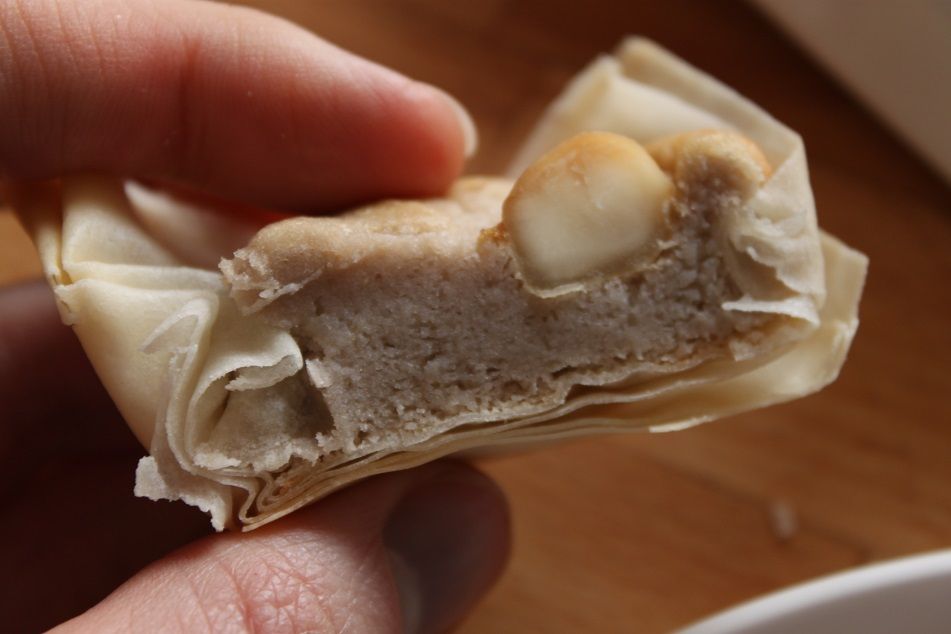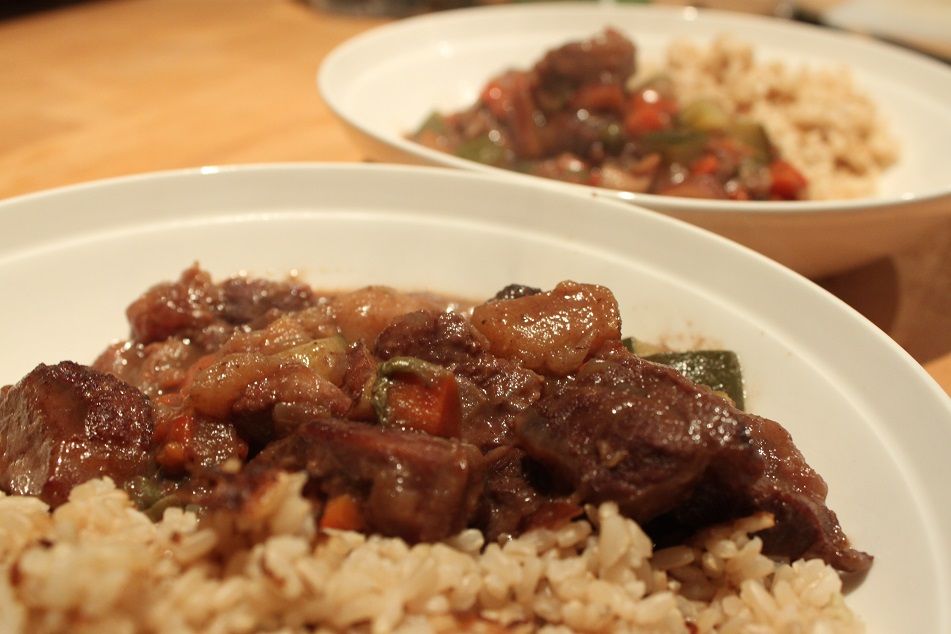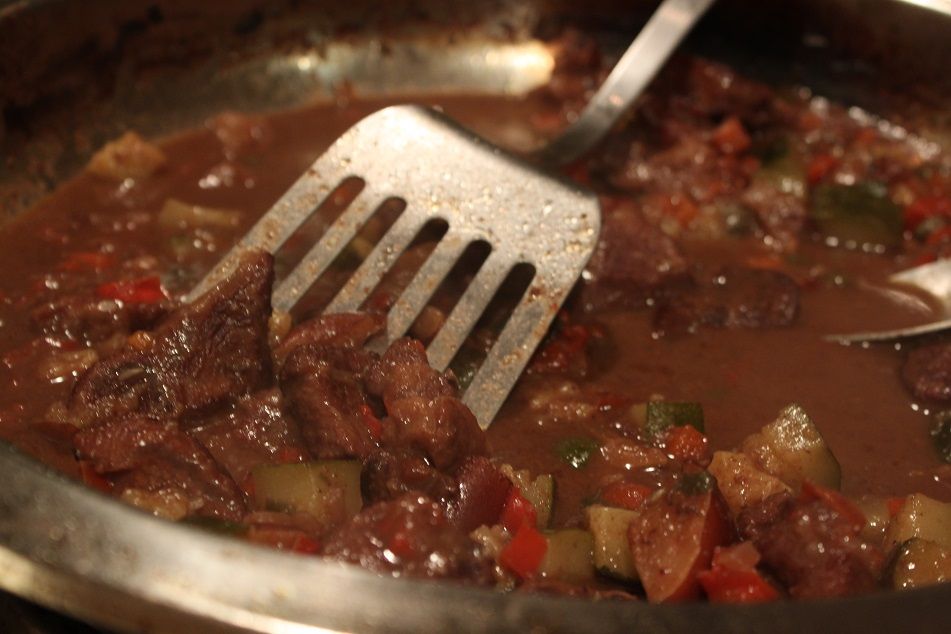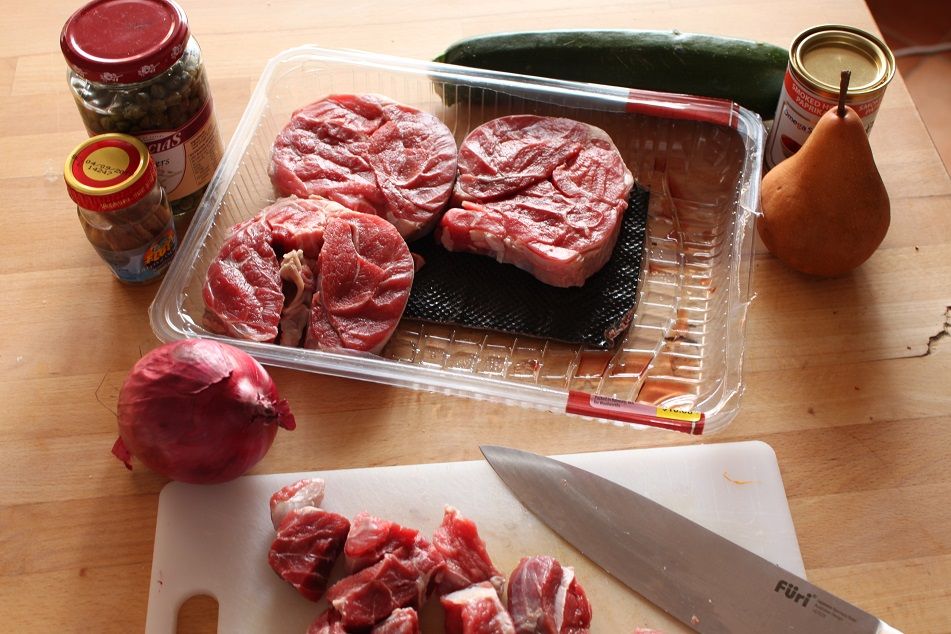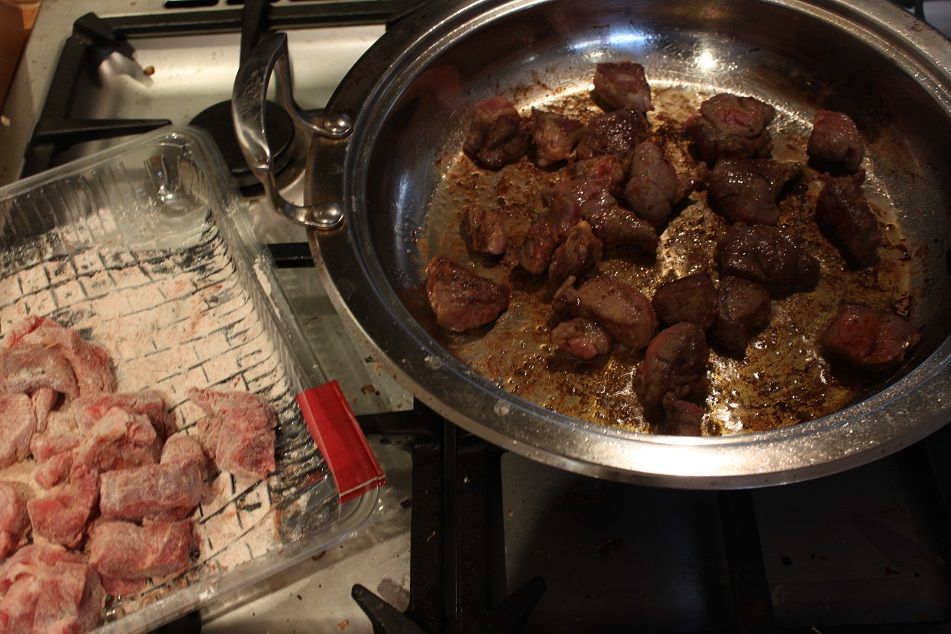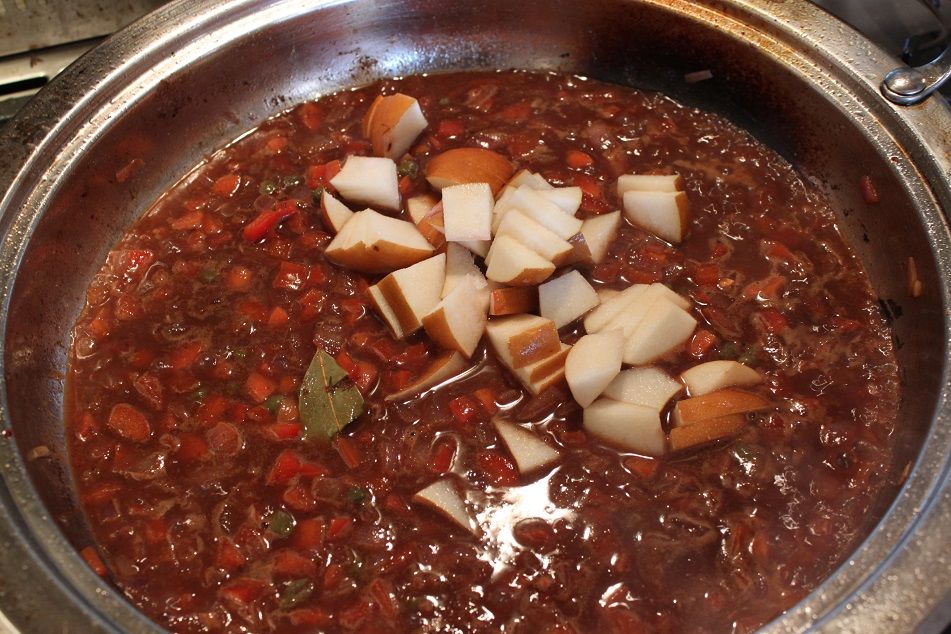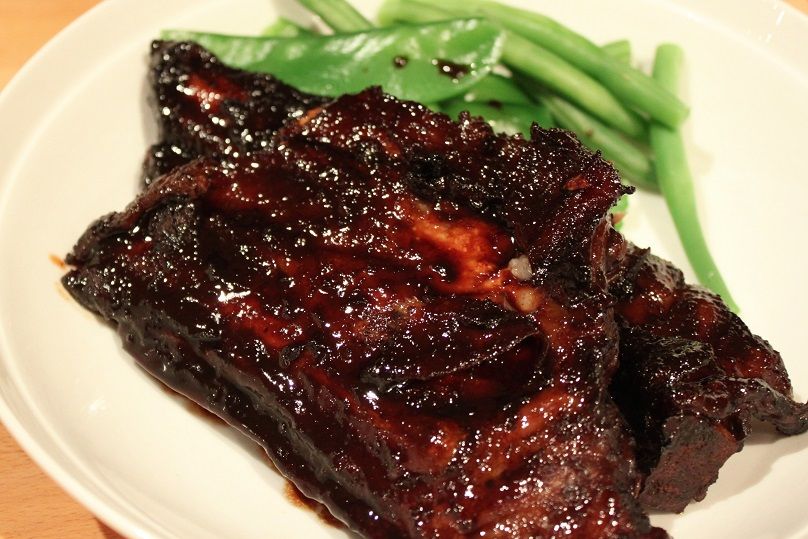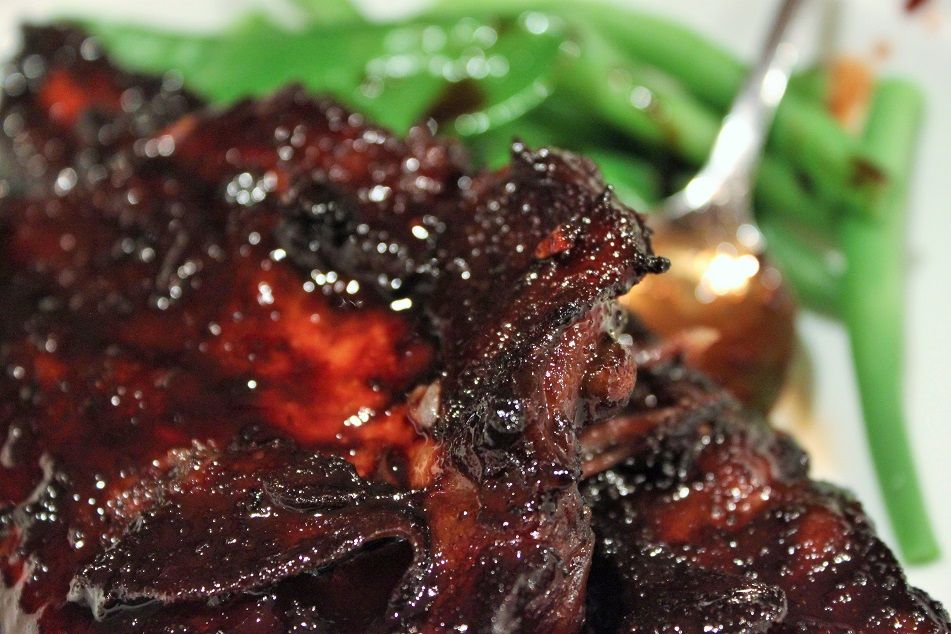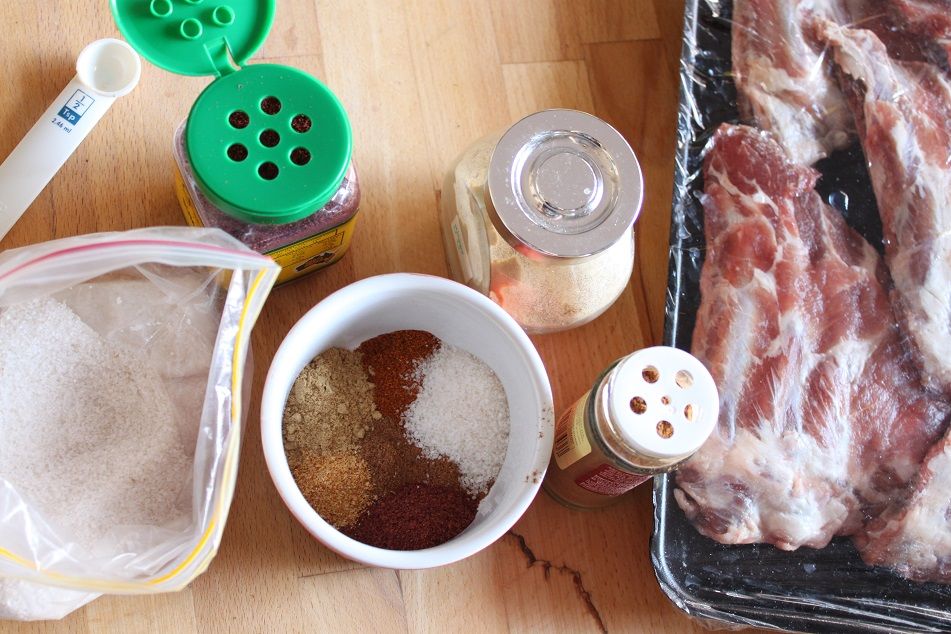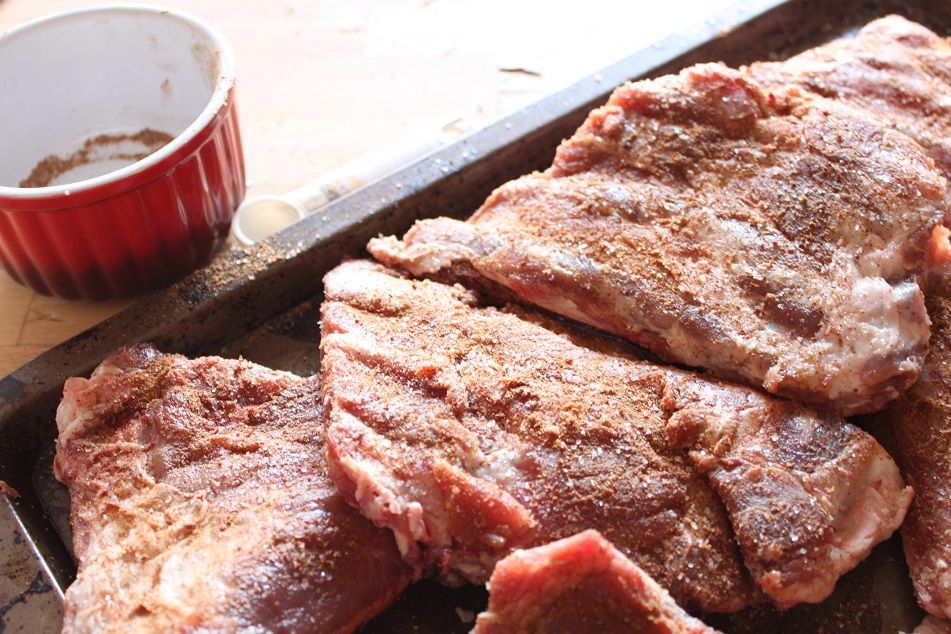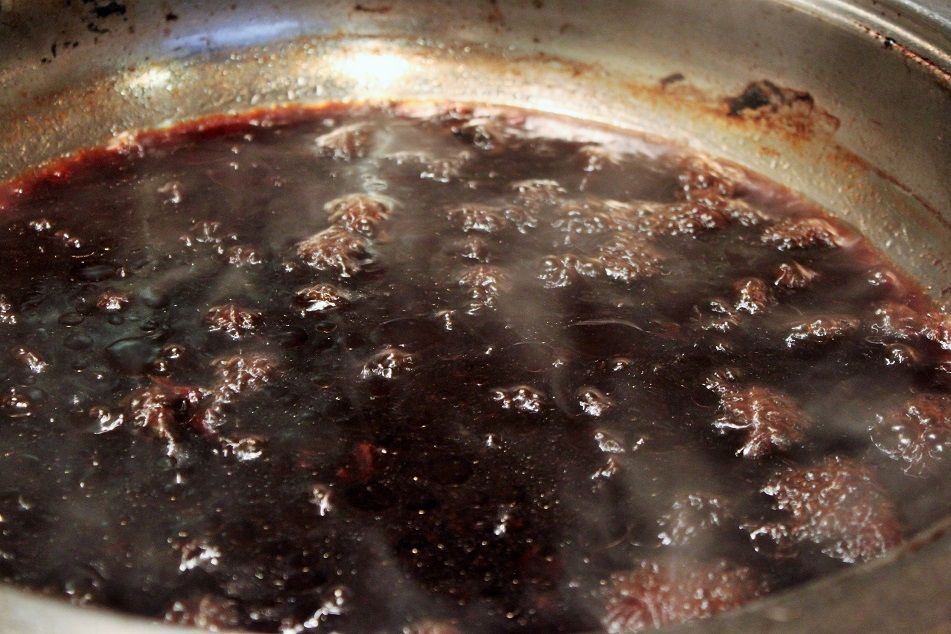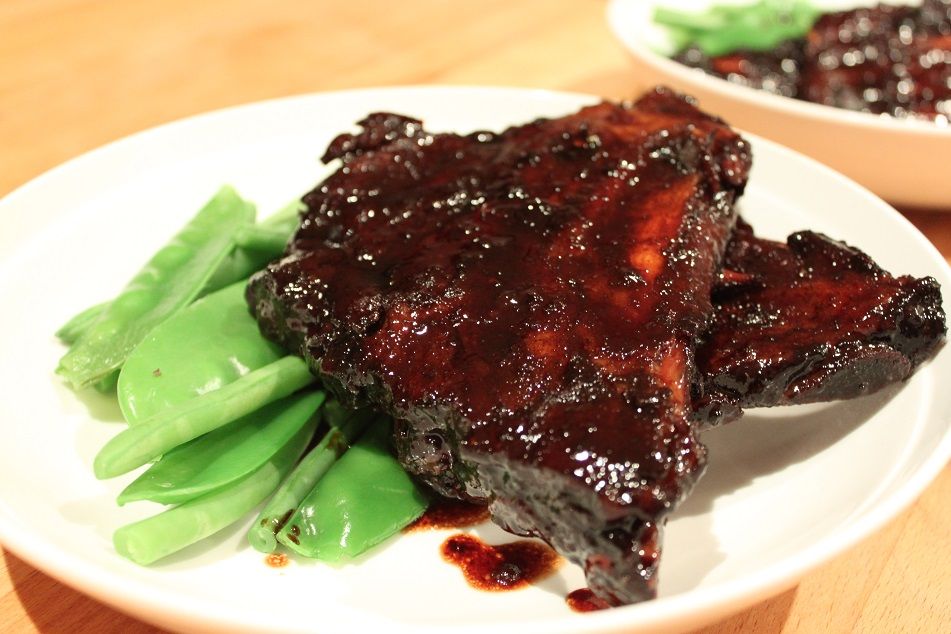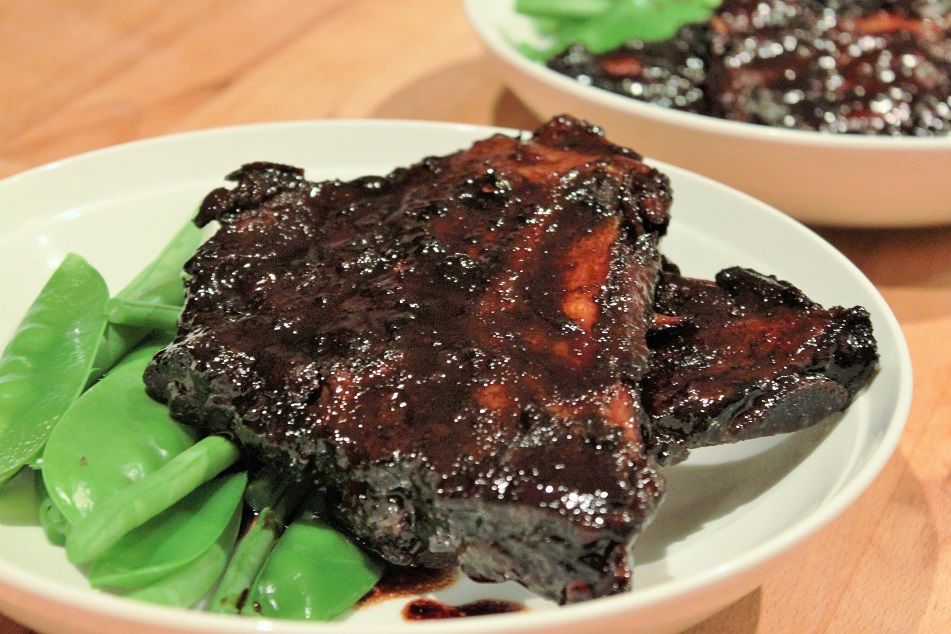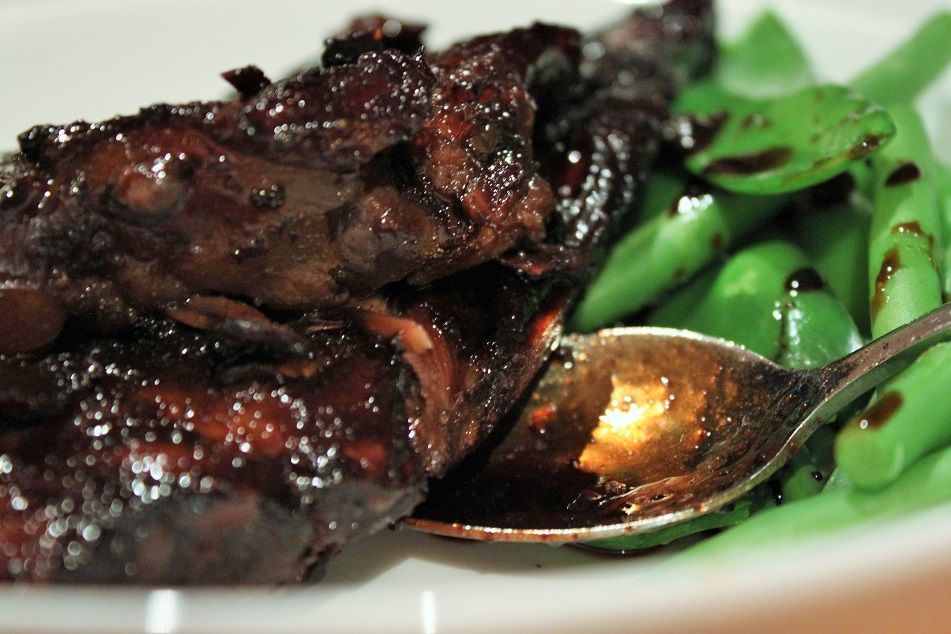When I was in primary school, we went through a phase of
silk worms. Every second family had silk worms. I’m actually surprised there
wasn’t a massive rise in silk shirts worn in the local area. I’m assuming it
started off as a classroom “pet” or lesson or something. My childhood memories
are sketchy at best. But I remember two things about that Silk Worm Saga:
- Disused washing machines are a great silk worm home
- Silk worms love eating mulberry leaves.
Kids would bring in big bags of mulberry leaves to share
about for all the other kids with silk worms. This was my first real memory of
mulberries. The second memory I have is visiting my grandma when I was around
12 and seeing her arms and legs scratched to pieces and her triumphantly
showing us the ice cream containers full of mulberries she’d picked from the
bramble growing wild down the back of her yard. Then we’d get to eat some
mulberry compote with ice cream. Good times!
So when I was offered some mulberries, I grabbed a few to
take home. Despite most of my recollections of mulberries being deeply rooted
in my childhood, I thought a more adult offering was required for their use.
Muddling a few with some rosemary and boozing it up with rye and vermouth;
Manhattan style was where my tastebud’s imagination took me. Instead of
bitters, I layered a teaspoon of Laphraoig whisky on top to give it a smokey
edge. The resulting cocktail is strong, mildly sweet and intensely
berry-flavoured. Garnish with a chocolate cracker or biscotti.
Muddled Mulberry Manhattan
1 tsp panela sugar (or raw sugar)
4 fresh rosemary leaves
1 1/2 shots (50mL) rye whisky
3/4 shot (30mL)sweet red vermouth
1 tsp Laphraoig whiskey
Chill a martini glass.
In a cocktail shaker, muddle the mulberries,
panela and rosemary. Add the rye and vermouth, then top up with ice. Put the
lid on and shake until the outside of the container is frosty.
Strain through the lid, through a tea strainer into the martini glass. Gentle pour the Laphroaig over the top. Enjoy!
Strain through the lid, through a tea strainer into the martini glass. Gentle pour the Laphroaig over the top. Enjoy!

